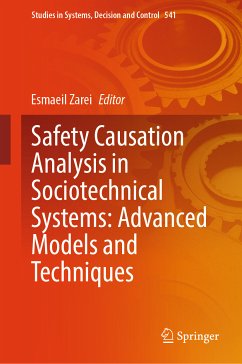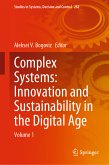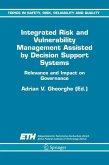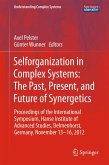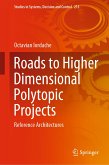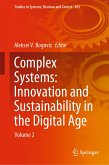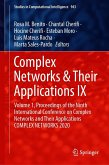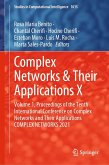This book provides a comprehensive view on theories, models, and techniques used to investigate and analyze incidents and safety causalities occurring in sociotechnical systems. Consisted of intricately interconnected components, sociotechnical systems are always prone to incidents. These incidents can ensue with adverse effects on employees and the public, the environment, and company's properties and reputation. Sometimes, a single incident has the potential to terminate the operation of a business forever. As incidents are multi-factorial and not easy to comprehend, they should be investigated systematically in a structured way so as to find their root causes and prevent them from recurring. Consequently, there have been developed many theories, models, and techniques aimed at accomplishing this goal. However, each approach has its own upsides and downsides, and there is no universal one applicable to all cases. Therefore, researchers and practitioners may sometimes find it difficult to select the most appropriate approach for the given case. After introducing theories, models, and techniques pertaining to incident investigation and safety causalities modeling, this book explains each one in details and discusses their pros and cons. The book aims to provide the audience with a step-by-step guidance for performing incident investigation and analysis. At the end of each chapter an example is analyzed by the introduced tool. Finally, the book offers criteria based on which an incident analysis technique can be selected.
Dieser Download kann aus rechtlichen Gründen nur mit Rechnungsadresse in A, B, BG, CY, CZ, D, DK, EW, E, FIN, F, GR, HR, H, IRL, I, LT, L, LR, M, NL, PL, P, R, S, SLO, SK ausgeliefert werden.

